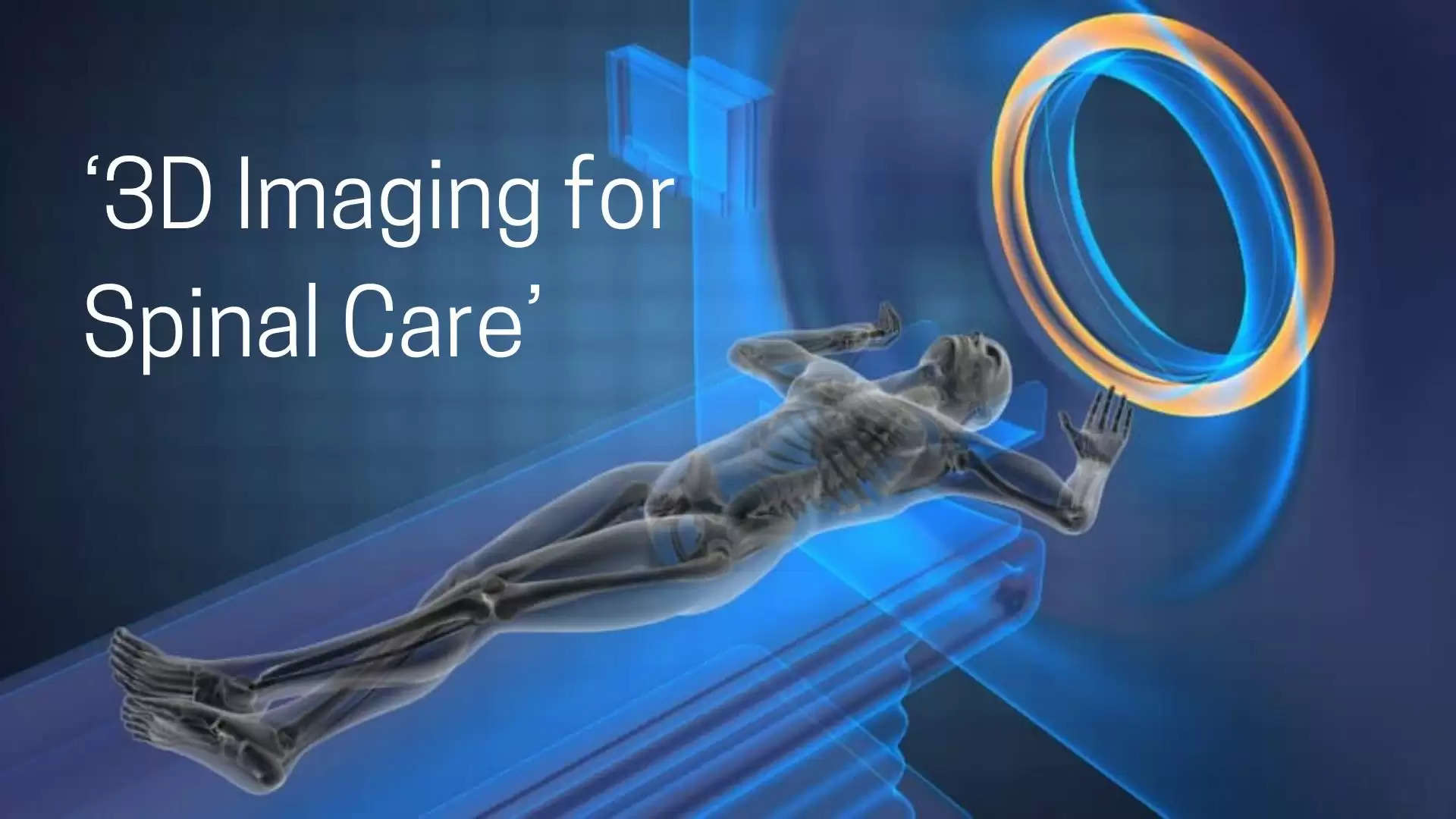‘Revolutionary Changes in Spinal Care with 3D Imaging and Navigation’
Dr Chirayu Pamecha, orthopaedic spine surgeon at Shriram Hospita, Udaipur, says 3D Imaging provides real-time accuracy and assists surgeons in performing operations with greater precision and reliability
Udaipur, December 17, 2024 - A significant effort has been made to bring 3D imaging and navigation to address spine-related problems like back pain, herniated discs, spinal stenosis, scoliosis and degenerative disc disease in Rajasthan.
Dr Chirayu Pamecha, an orthopaedic spine surgeon at Shriram Hospital in Udaipur, shared his thoughts and experiences on this transformative approach to spinal care in a press conference today. He explained that the 3D imaging technique creates three-dimensional (3D) images of the spine and surrounding structures, giving doctors a clear and detailed view of the body’s internal structures. With 3D imaging, the condition of the spine can be analysed accurately, making it easier to identify problems. The navigation system assists surgeons in performing operations with greater precision and reliability, guiding them step-by-step during surgery, he added.
Advantages of 3D Imaging and Navigation
Dr Pamecha explained that this technology provides real-time accuracy, allowing surgeons to locate the exact position of the spine and other structures during surgery. This enables them to place instruments in the correct position without errors. As a result, the risk of bleeding and other complications during surgery is reduced, leading to faster recovery for patients, he claimed.
Improving Surgical Precision
Dr Pamecha further said that this technique not only delivers better results and improves quality of life but also enhances the precision of surgical procedures, reduces recovery time and improves overall patient outcome. This innovative approach allows them to address complex spinal issues with greater accuracy and safety.
Impact of Spinal Issues on Quality of Life
He emphasised that spine-related problems such as back pain, herniated discs, spinal stenosis, scoliosis and degenerative disc disease can significantly affect a person’s quality of life and are a leading cause of disability in India. Traditional treatment methods often involve long and open surgeries, which can take time to heal and carry a higher risk of complications. In contrast, 3D imaging and computer navigation-guided spine surgery offer a range of benefits, providing solutions for spinal issues with greater efficiency and safety, the surgeon said.
How 3D Imaging and Navigation Work
Dr Pamecha explained that with the assistance of 3D imaging and navigation, spine surgery can be performed either in the traditional open method or through smaller incisions with less tissue damage and faster recovery. As a result of the increased accuracy, patients typically require a shorter hospital stay, leading to a quicker return to their normal activities. Computer-assisted navigation is similar to GPS in a phone, guiding a surgeon to follow the most ideal and safe path during surgery, he concluded.
To join us on Facebook Click Here and Subscribe to UdaipurTimes Broadcast channels on GoogleNews | Telegram | Signal



